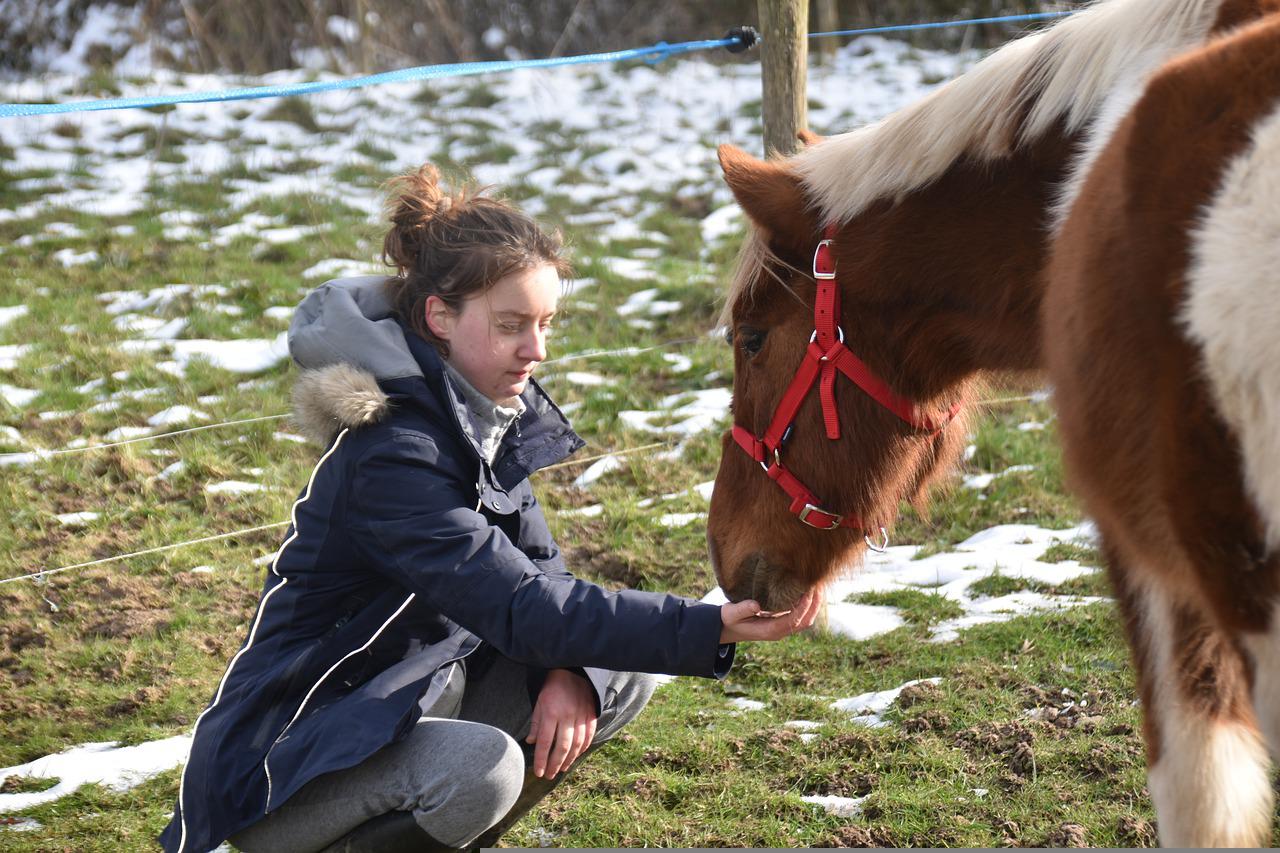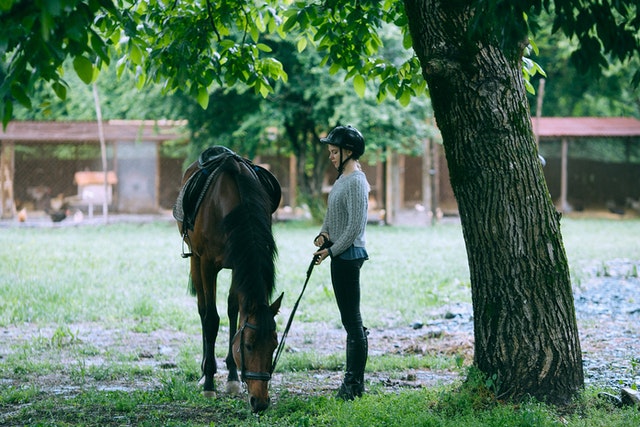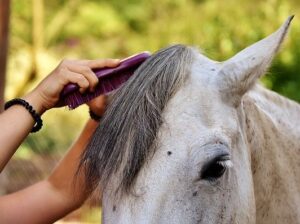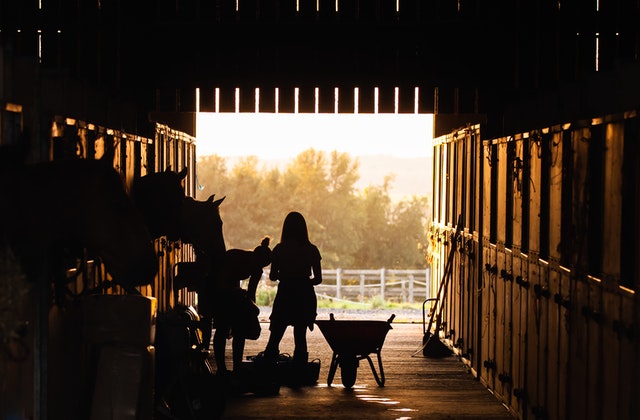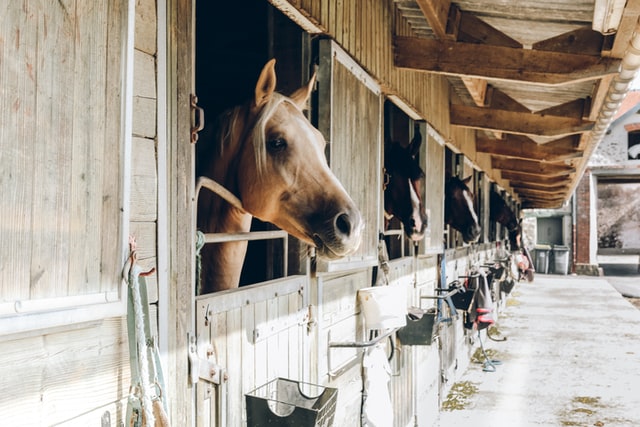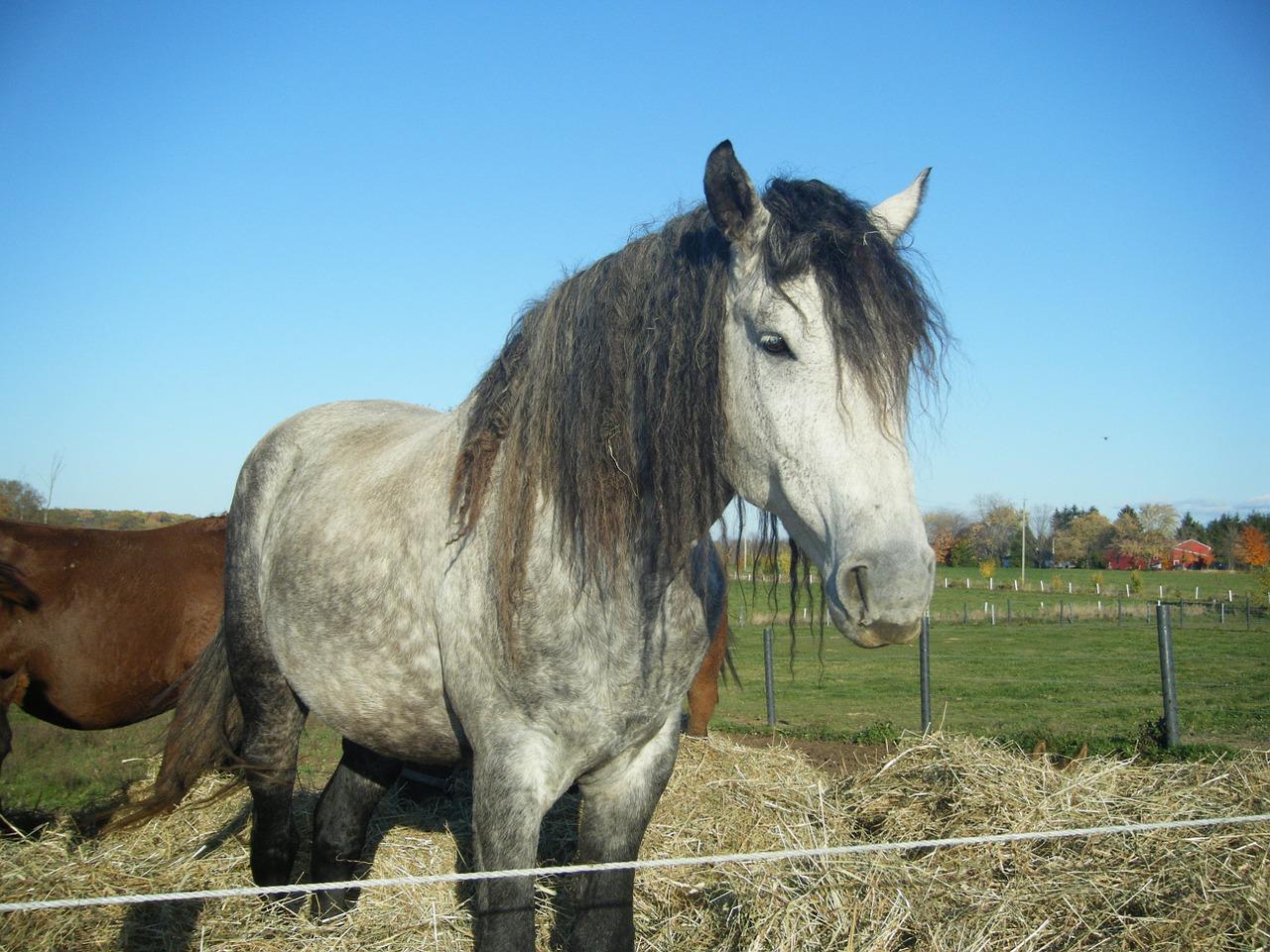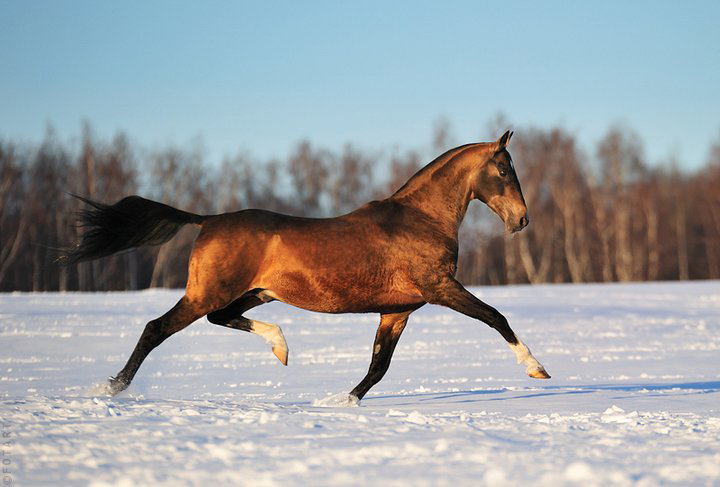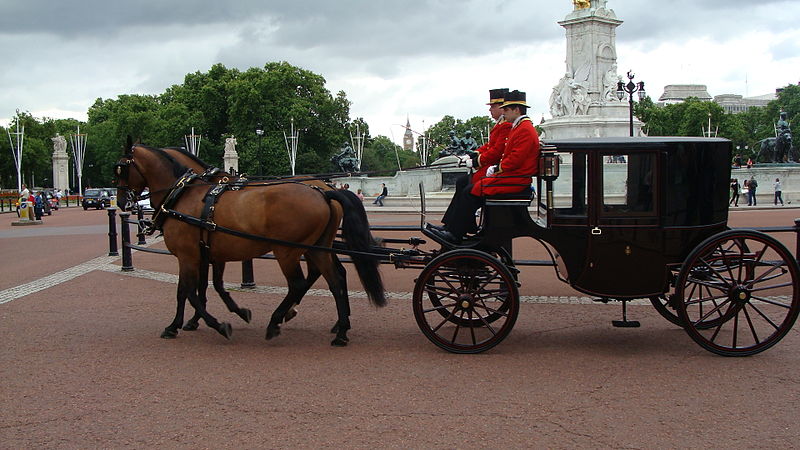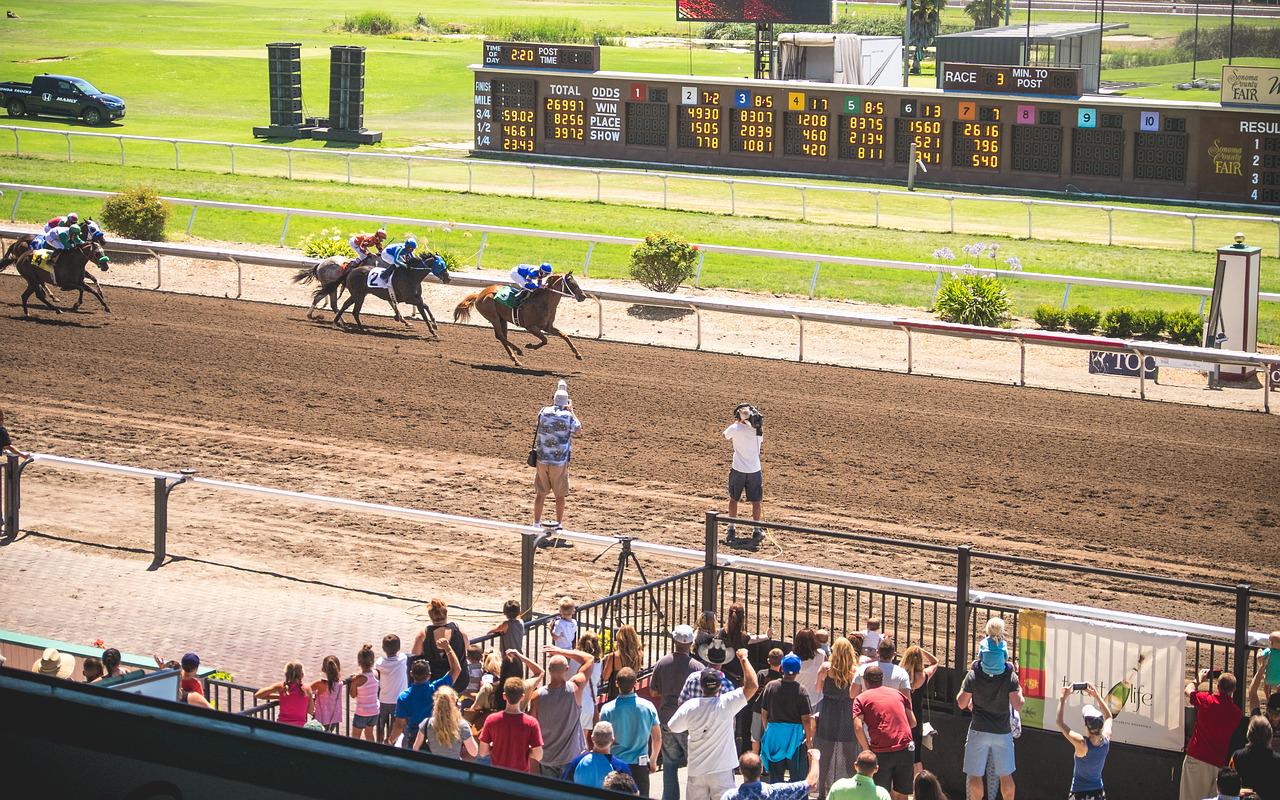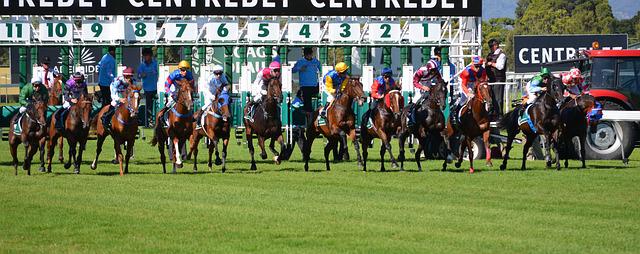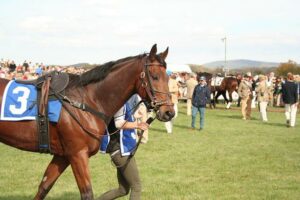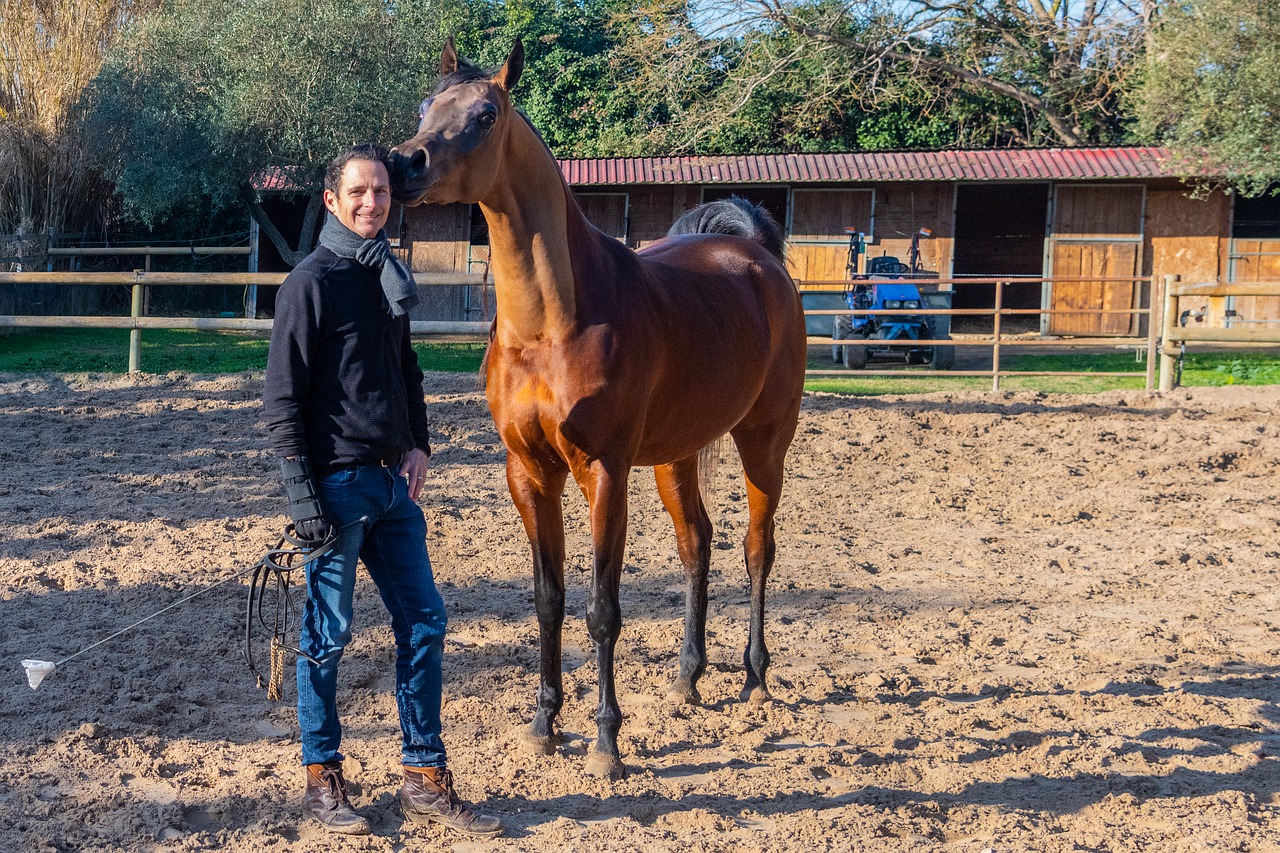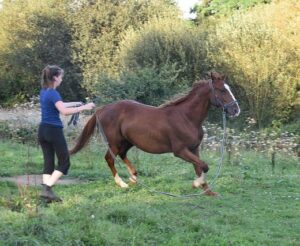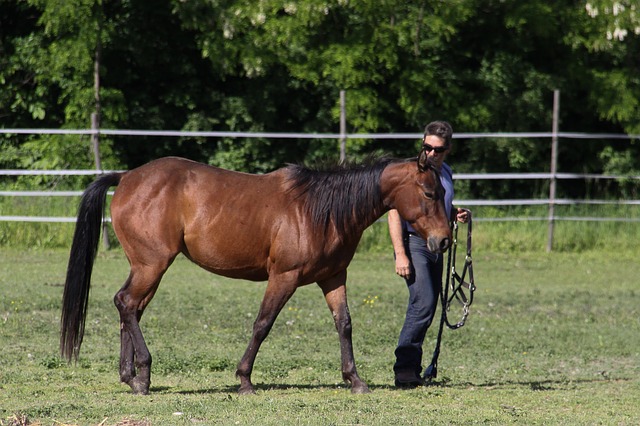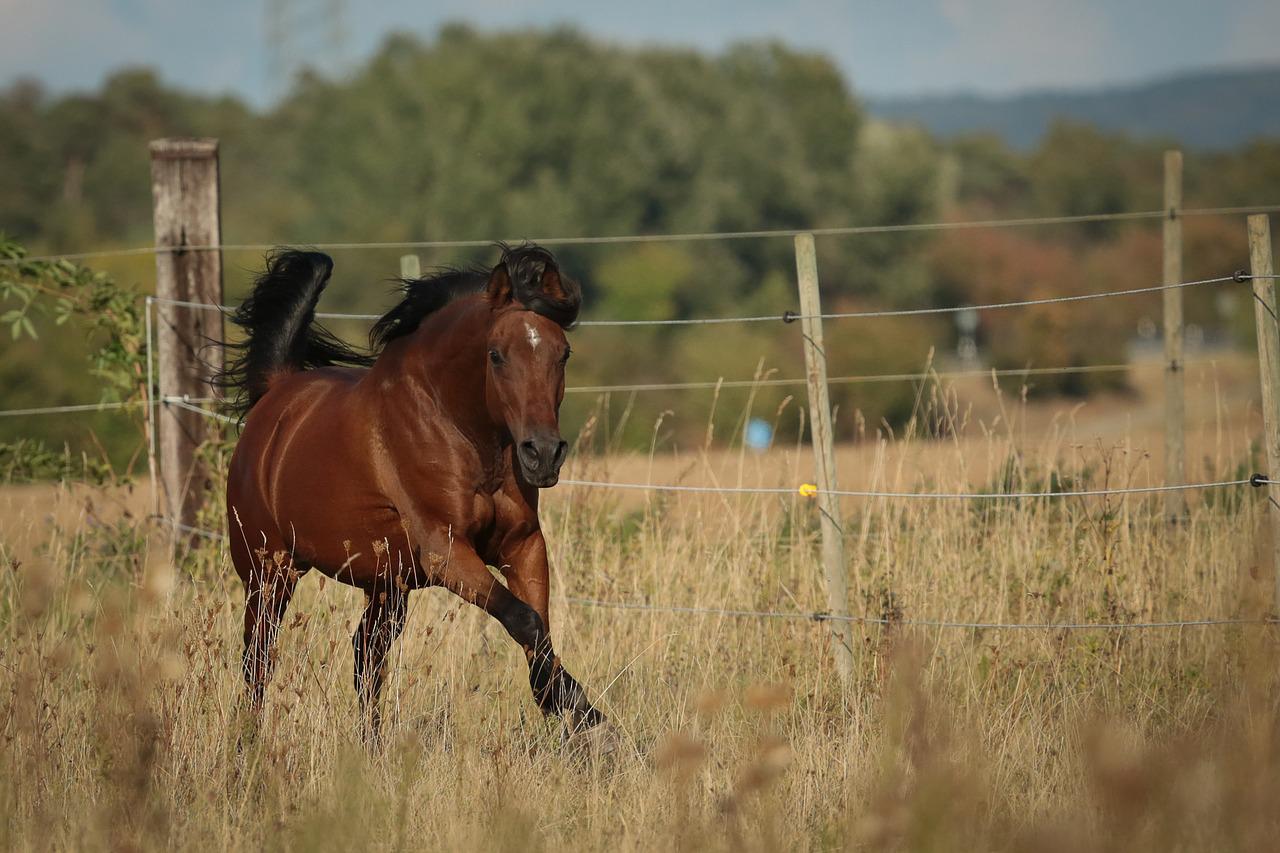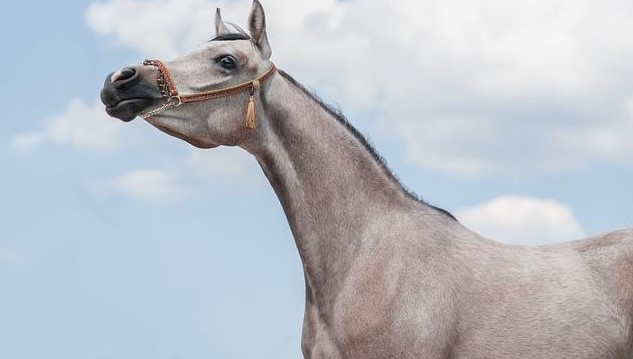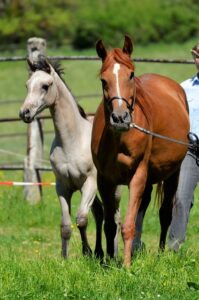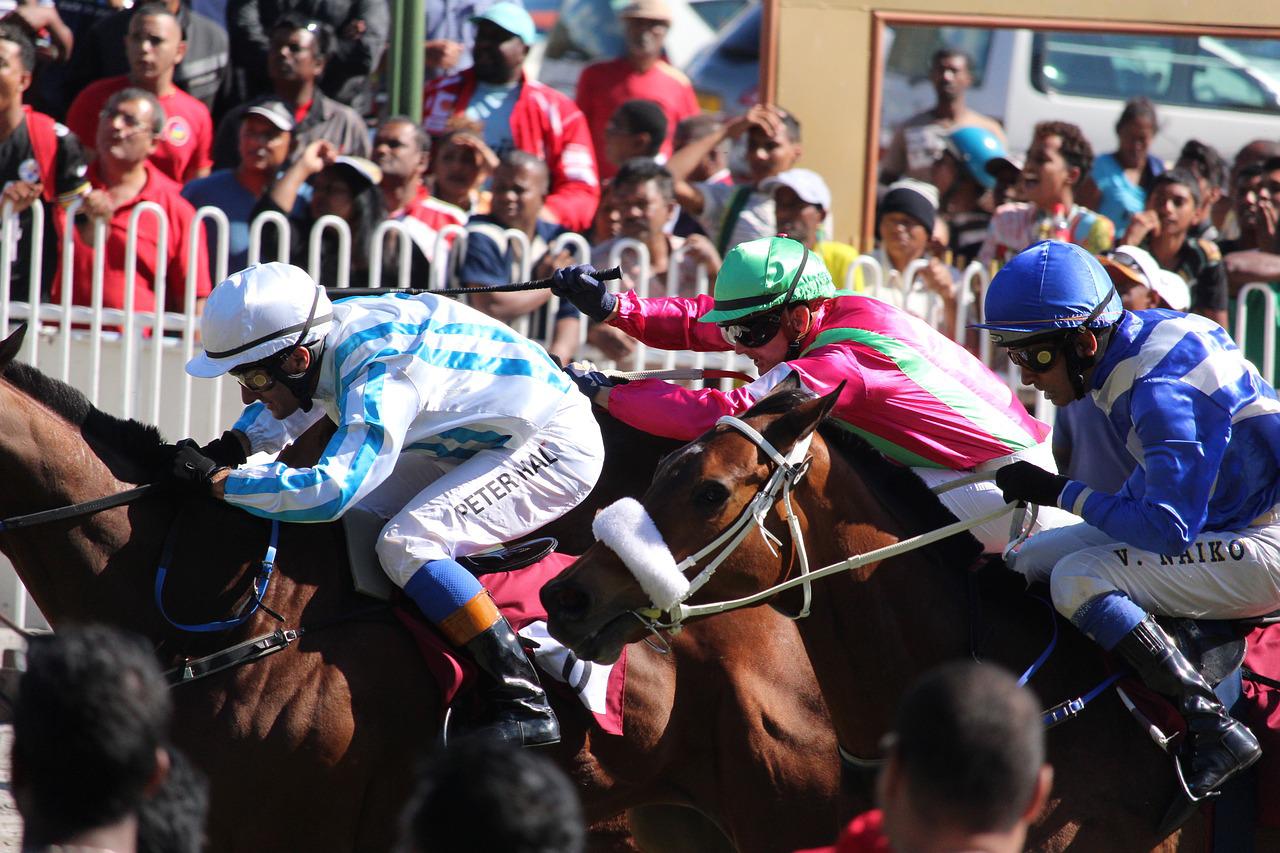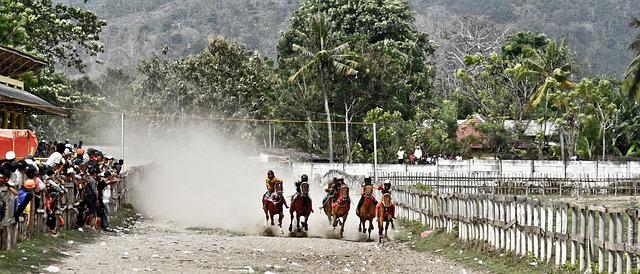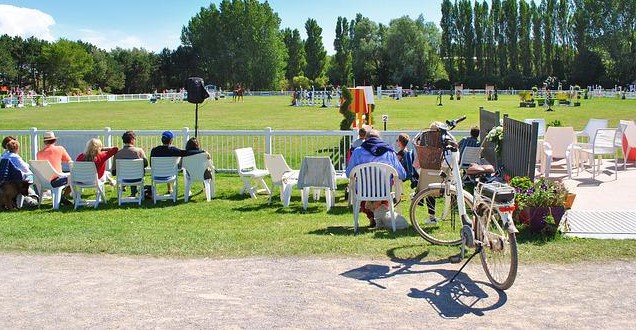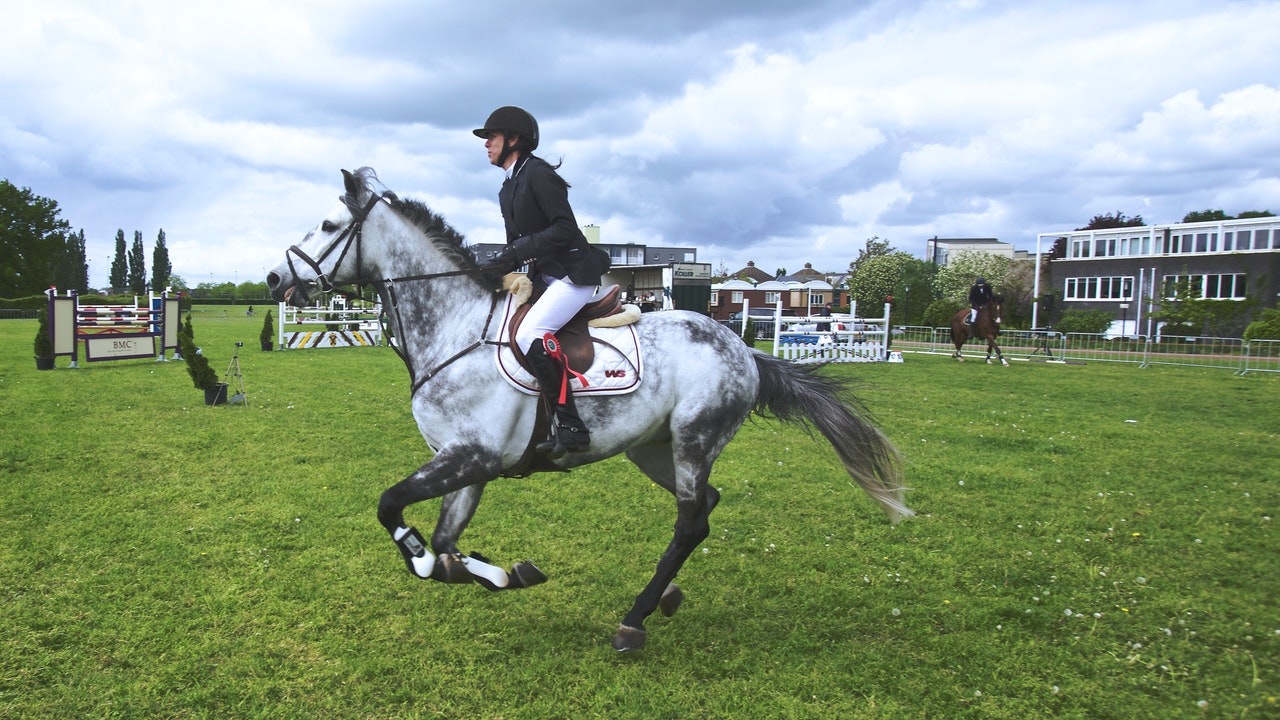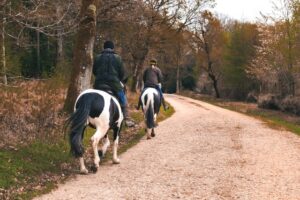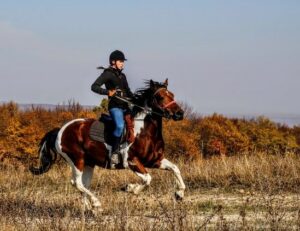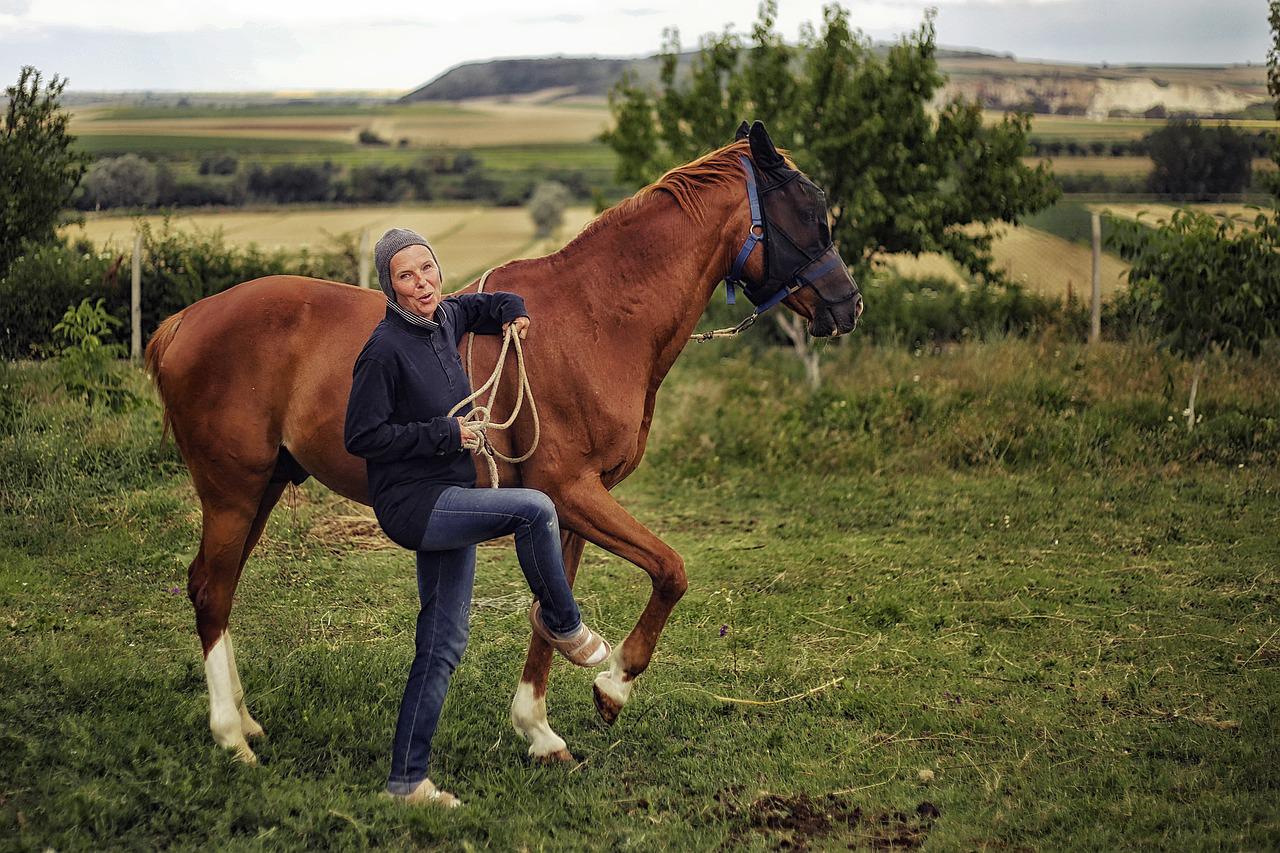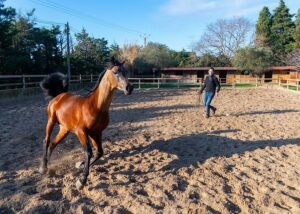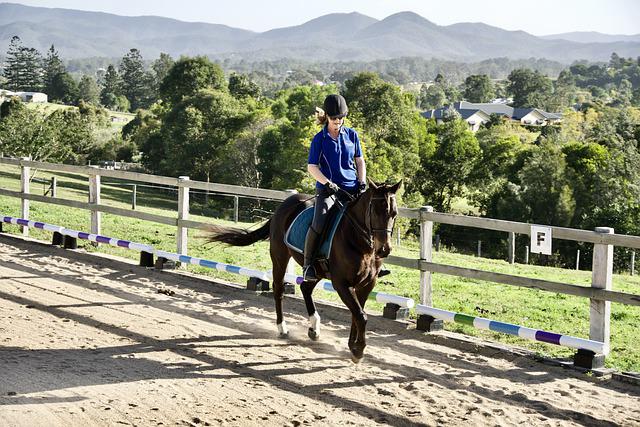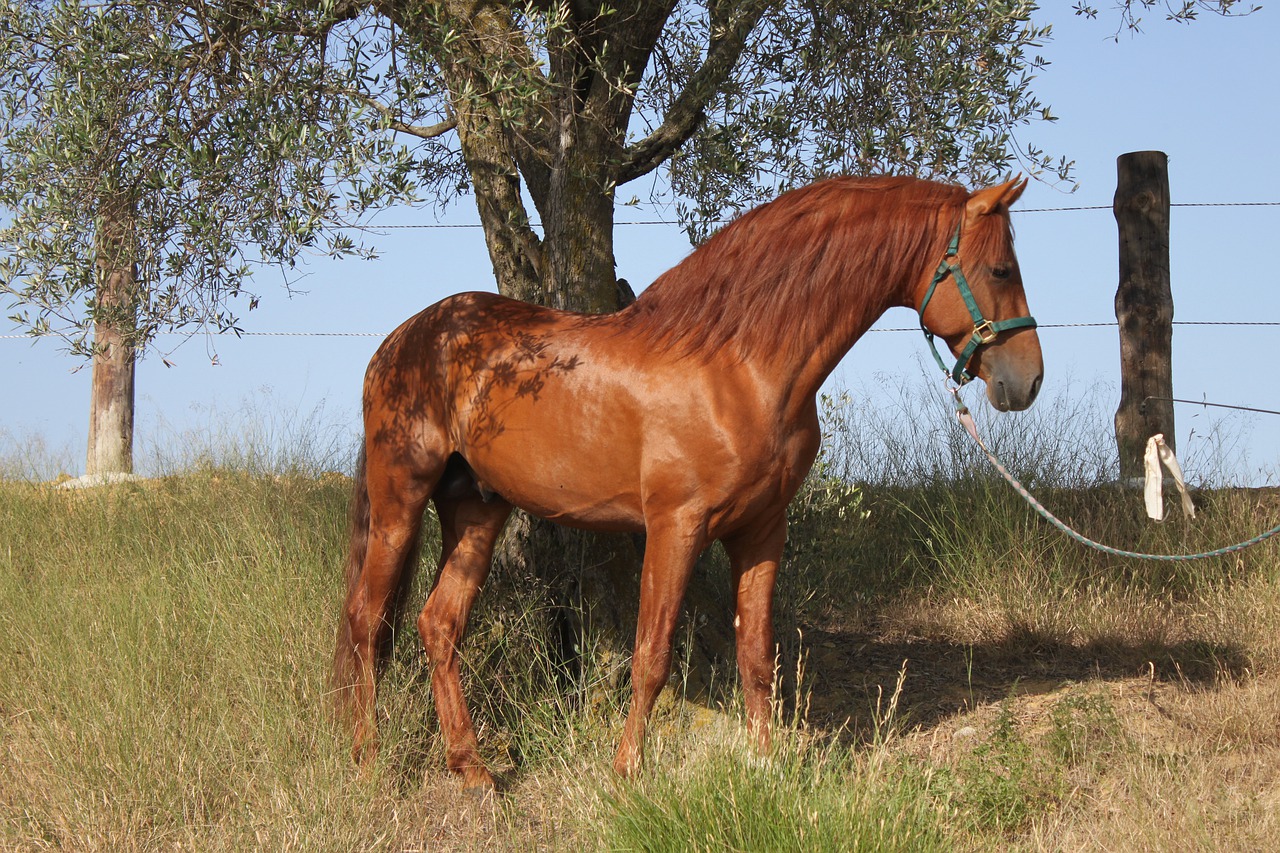
Welcome back friends! In the following blog I will share more about the legendary Andalusian breed. They’re spirited, they’re athletes and they’re beautiful to look at—but there’s more to them than appearance. For example, their rich history goes back to ancient times when they were used by Roman aristocrats as war horses.
They are one of the most popular breeds!
The Andalusian breed is one of the most recognised and popular horse breeds in the world. They are known for their friendly demeanour, easy going temperament, and ability to adapt to a wide variety of riding styles. They are also known for their endurance and speed, which makes them capable of long-distance riding. Their elegant appearance and small stature has made them suitable for use in many forms of equestrian competition, including dressage, western riding, and hunter/jumper.
The Andalusian horse is a powerful breed that originated in the Iberian Peninsula. The breed’s history dates back more than 3,000 years, making it one of the oldest breeds still being used today. It has been popularised most recently by its use in competitive dressage and show jumping events.
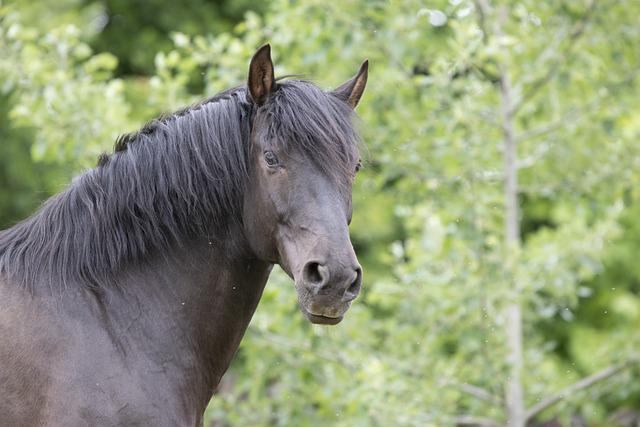
The have a very recognizable figure
Andalusian horses are known for their distinctive markings, which include a “salt and pepper” coat pattern, which is unique to Andalusians. They also have a unique mane and tail, which can be any colour except black. The most common colour of Andalusian is black, followed by brown and roan. Like almost all other horse breeds, Andalusians are known for their athletic build and refined, elegant movement.
The Andalusian is a small horse. They aren’t the tallest, or the biggest, or even the heaviest horses out there. Andalusians are known for their strength and power; they don’t need to be big to get the job done.
The breed was originally bred for use as cavalry horses in Spain during the late 17th century, but it has been used by many people around the world since then as a workhorse, as well as a show animal. Now, andalusians are bred for the show ring, but they can also excel at horse shows and competitions. They’re good mounts for pleasure riding and trail rides. Andalusian horses make great jumpers, so if you like to do cross-country jumping, this breed is right for you!
Their style of movement was developed, not innate!
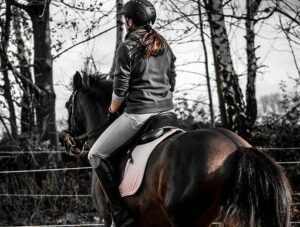
The Andalusian horse’s famous trot is smooth, bouncy and soundless. The two-beat gait enables the rider to sit easily in the saddle without being jarred about by the horse’s motion, making it a comfortable way for the rider to travel even over long distances.
Like most gaits other than walking (or ponies who trot), this style of movement was developed by selective breeding. In this case, Spanish breeders were seeking to increase stamina in their horses without sacrificing speed—and they definitely accomplished that goal!
This two-beat lateral gait may remind you of something else: a rocking chair! If you’ve ever sat on one as an adult or child then you know what we’re talking about—it feels like your whole body is gently swaying back and forth with each step taken by your feet against the floor beneath them. That’s because one foot is moving forward while another is moving backward at any given moment during this gait cycle (which lasts four beats).
For those of you who are horse lovers, the Andalusian is a wonderful horse to own and ride. They’re easy to take care of, easy on the eyes and have a rich history that brings great pride to all who own them. Even if you don’t own a horse, there are lots of competitions where Andalusians can be admired up close in action!

